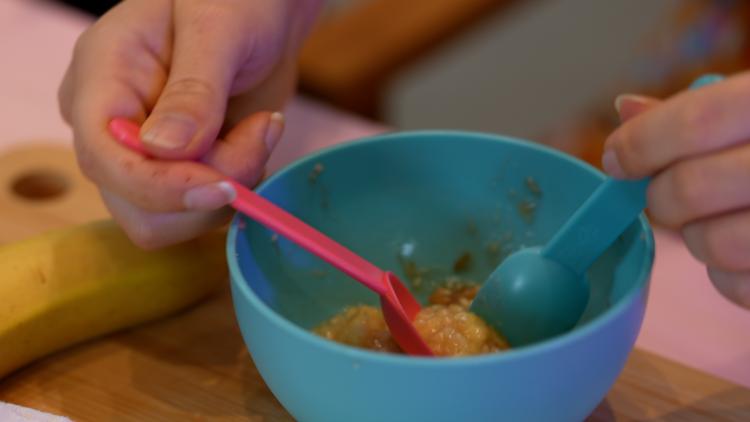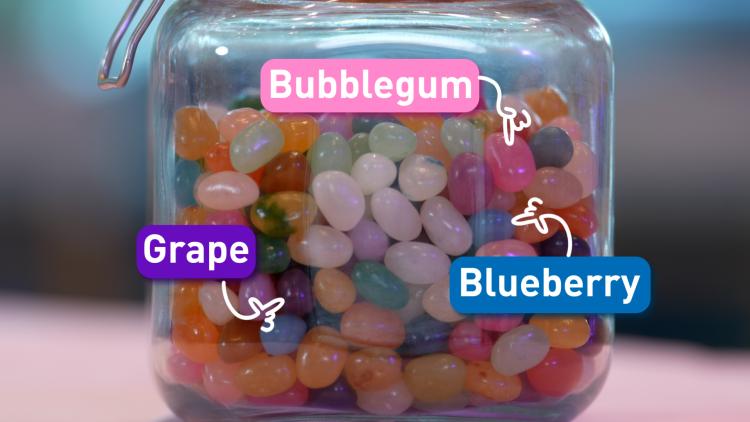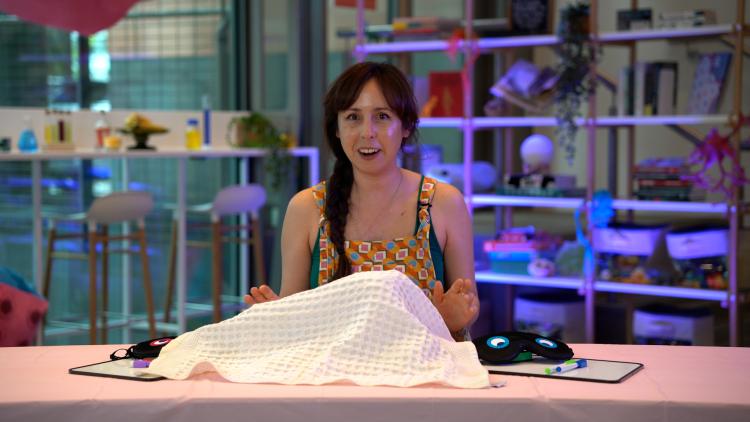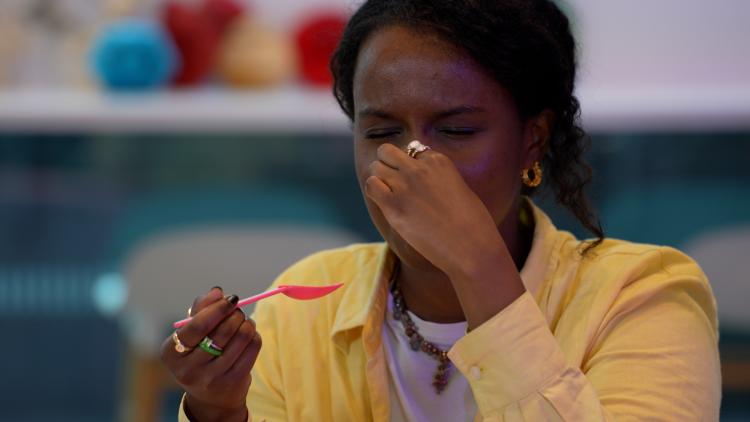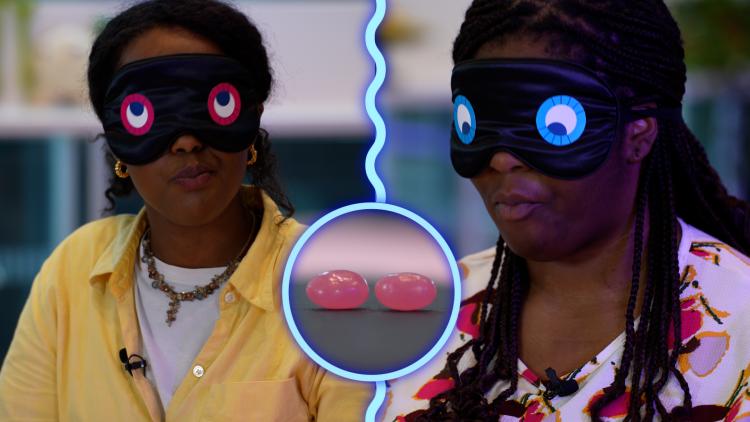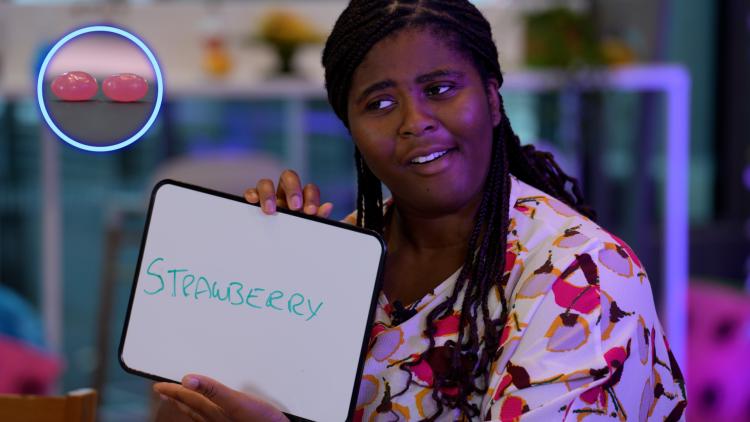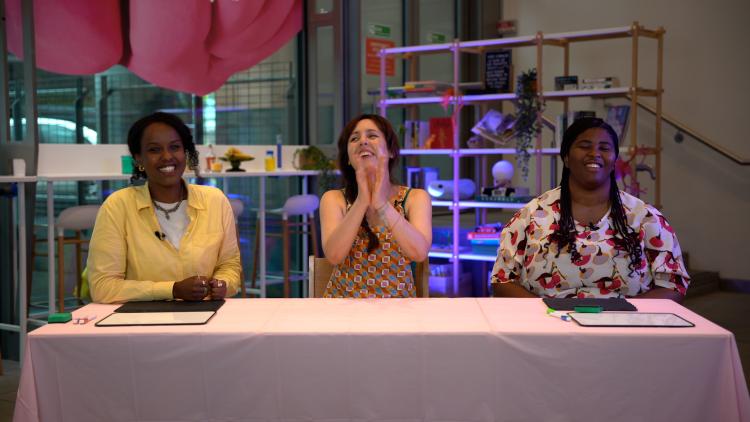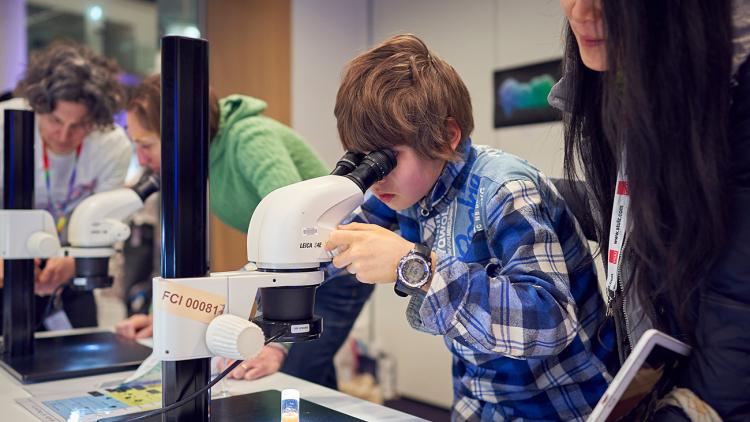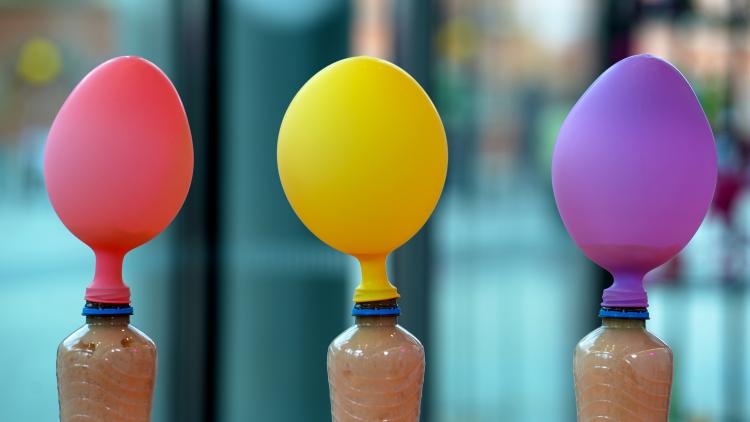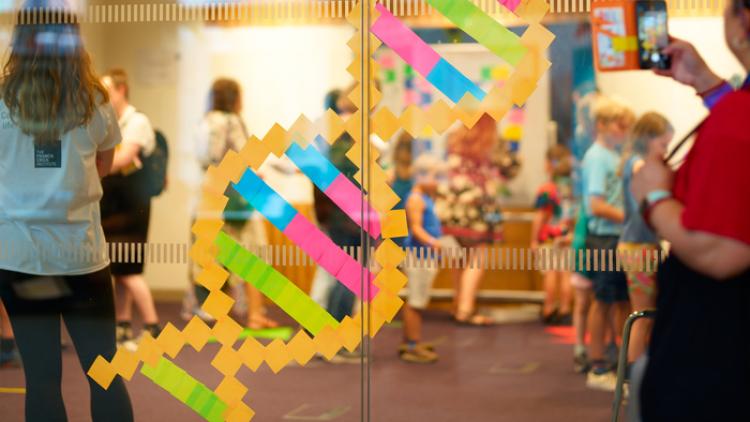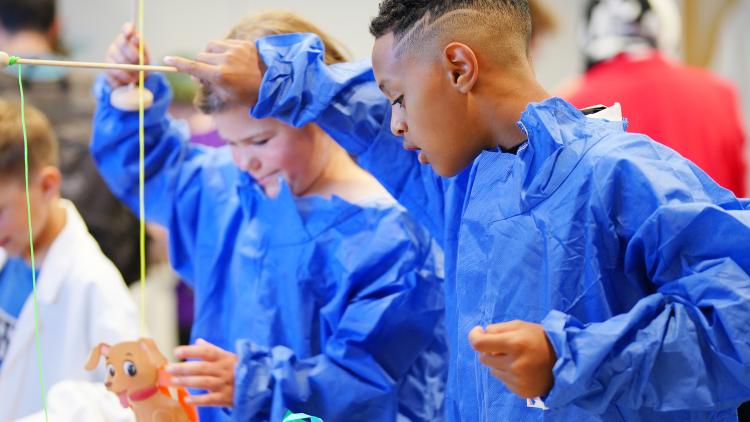Take the taste bud test
This activity will take 30 minutes, is for ages 7 to 10 with supervision needed.
Your tongue can detect sweetness or saltiness – but it isn’t the only part of your body that helps you enjoy your food.
In this activity, you'll discover how important your senses of smell and sight are in knowing what you're eating.
Your tongue, nose and eyes are all sensory organs. This means that they are full of sensitive cells that collect information about the world and send it to your brain.
What you'll need
- Colourful, flavoured sweets (e.g. jellybeans, skittles or fruit pastilles)
- A banana
- A fork
- A bowl
- A towel
- A spoon for each taste tester
- An eye mask for each taste tester (you can also use a scarf)
- Taste testers
- Pen and paper
Step by step
What's going on?
Were you surprised how difficult it was to taste the banana without being able to smell? When you chew your food, lots of smelly molecules flow up your nose. Your brain combines this with information from your tongue to build a taste. This is why food can taste boring if you have a blocked nose.
Your sense of sight is also important when deciding what flavour you're eating. When you see a particular colour food, such as a bright red strawberry, your brain remembers all the other times it tasted this. You basically decide what you think you are about to taste before you even put it in your mouth.
Our science
Scientists here at the Crick have seen what different smells look like in the brain using a special X-ray scanner. It shows tiny structures in your brain that react differently when they sense certain smells, like banana, sweets and especially more powerful smells like vomit.
